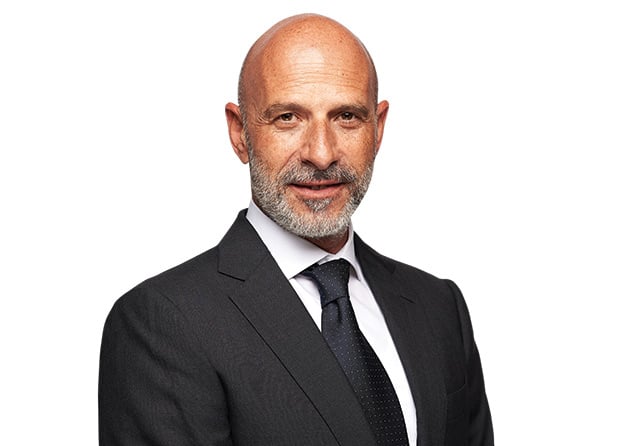
Has the pandemic fundamentally changed OOH?
The pandemic brought about a great deal of disruption and resulted in many unprecedented trends and behaviours, including new media consumption habits. This compelled brands to revisit their media plans and strategies in order to remain relevant and effective in the new normal. Much like all other marketing and advertising practices and tools, OOH has certainly witnessed a shift in how it is being leveraged.
In the pre-Covid-19 era, OOH served as a primary means of brand building and product awareness and was also utilised for call-to-action campaigns aimed at safeguarding and sustaining a brand’s share of voice. When the pandemic hit, the restrictive lockdowns and curfews enforced across all markets led to a massive decline in commuters on the roads (drivers and public transport users) and therefore commuting times were drastically reduced. This led to fewer eyeballs focused on out-of-home ads.
Traditional OOH advertisers retracted, as they had nothing left to actively promote, at least not on empty roads. They also turned to alternative advertising channels, as the sharp decline in commuters no longer justified their investments. Once lockdowns began to ease and people started to venture back outdoors, OOH impressions witnessed a marginal increase. At this point, traditional investors began to reinstate the yearly deals they had made during the pre-Covid days. It is also notable that this rally stimulated the appetite of non-regular outdoor advertising investors, who made their debut appearances on OOH assets.
How are client demands changing?
More so than ever before, clients are seeking ways to rationalise their investments behind OOH. We are seeing a transition as clients are relying on out-of-home to generate sales and are closely monitoring their return on investment (ROI), much like any other medium. In addition, we are seeing OOH spends increasing drastically for e-commerce players, virtual retail shops and F&B brands, who are now confident about the ROI that OOH delivers. For start-ups and virtual stores, outdoor advertising provides instant credibility and generates the trust that consumers must have with brands. Once the association is established, customers feel more confident about transacting with the brand.
As we move closer to overcoming the pandemic and investments behind the sector grow, so will the demand for measurement capabilities and audience discovery to quantify the deliveries. Media owners are keen on making advertisers feel confident about their OOH budget allocations.
What role should technology play in OOH?
Outdoor advertisers can look forward to a future of technological advancements which go beyond LED screens. Technology that will effectively measure their ROI, as well as the precise attribution value.
Audience measurement, reach, frequency and opportunity to see (OTS), among others, stand out as the parameters being considered by several independent research companies in a bid to assign value to our industry. Several methods are being adopted, ranging from tracking devices to data collection from telcos and publishers.
While the landscape is fragmented in terms of measurement solutions, we believe that adopting a unified measurement currency across the entire market that is agile enough to cope with the changing landscape, from tracking to privacy, will add value to media owners and advertisers alike. This currency needs to be totally transparent and endorsed by all the major players within the advertising industry (suppliers, agencies and clients). It should be developed by an independent player with no vested interest in media representation, a neutral body weighing the significance of individual OOH assets, irrespective of the media owner or advertiser
Where should OOH sit in the marketing funnel?
OOH has always been regarded as an awareness-building tool used as a top-of-funnel advertising medium. It allows brands to address an audience and introduce a product or service with little impact on the rest of the consumer purchase journey, whether it is interest, consideration or conversion.
With the technological advancements taking place in measurement, attribution and the audience discovery side of OOH, marketers are quickly realising that OOH will soon be able to support every stage of their sales funnel. When using OOH to support the middle sales funnel it is integral to push contextually relevant advertising to clients who are in the consideration phase (conducting online research or reading reviews). OOH will provide brands with the edge that they seek, especially once the technology matures to allow them to reach specific audience segments. While it’s too early to say when OOH will make its way to the lower end of the sales funnel, we can safely say that OOH is undergoing a major evolution, which has grabbed the attention
of traditional OOH investors as well as brands that exist in the virtual marketplace and are utilising OOH to bridge the gap to the real world.









